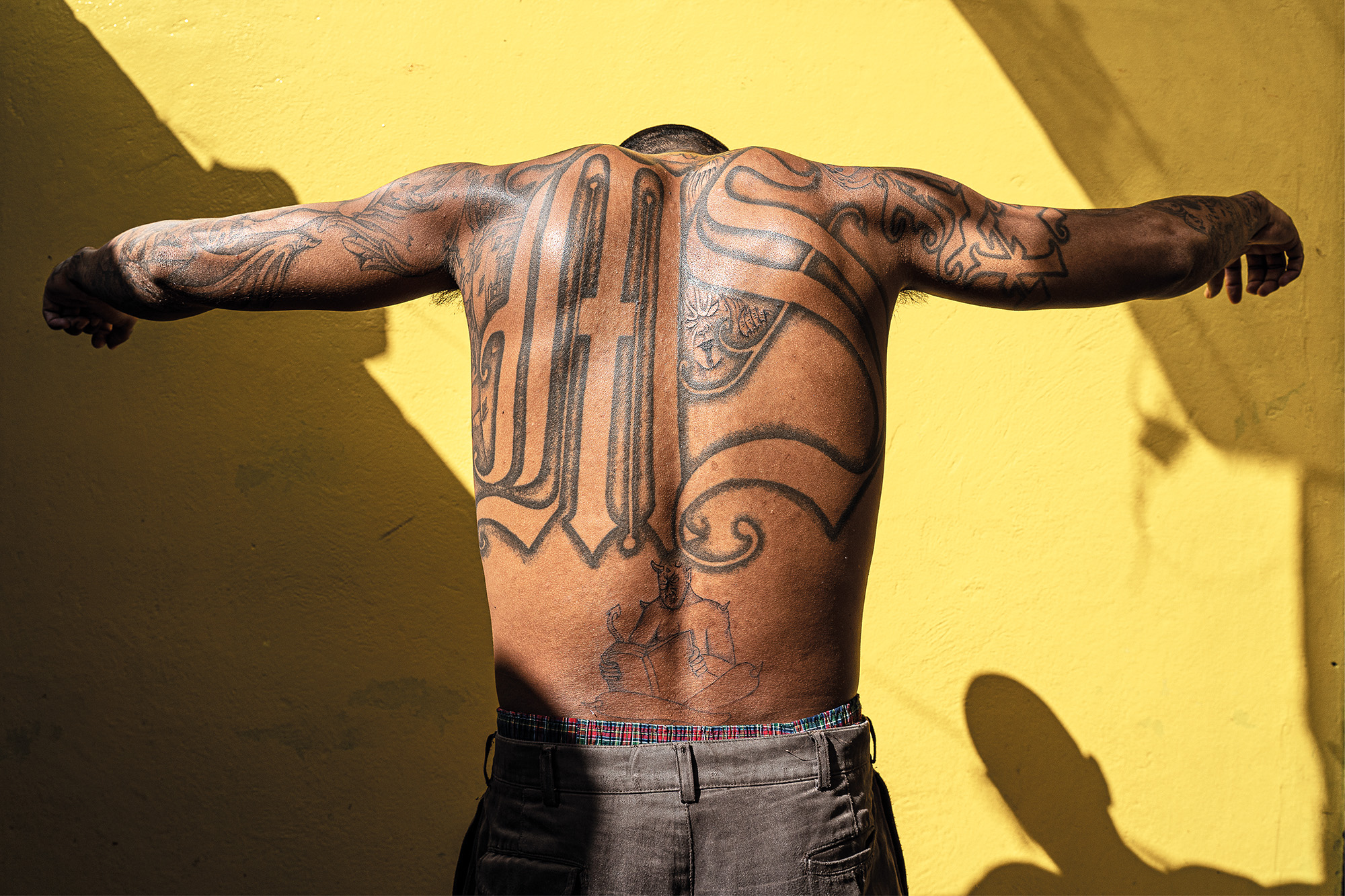The photographer’s new book, Sin Salida, candidly portrays the devastating reality of Salvadorans who lead lives of fear and daily intimidation
Tariq Zaidi arrived in El Salvador in 2018. He was preparing for an investigative project about Salvadoran gangs, one which would see him return to the Central American country two more times. Zaidi’s first stop was the office of a senior police officer. “He told me about his work, what he’d seen during his years as a police officer, and what I could do to document the story,” Zaidi recalls. Images of brutal murders committed by gangs over the last 30 years covered the walls; the officer always kept a loaded pistol on the desk. Later, Zaidi discovered he had received multiple death threats and survived a kidnapping attempt. (Many police officers wear balaclavas to avoid being identified by their targets.)
Two of the most violent street gangs in the world dominate El Salvador’s society: Mara Salvatrucha, or MS-13, and its rival, Barrio 18. The gangs are ruthless, powerful and territorial. Estimates suggest some 600,000 Salvadorans – roughly 10 per cent of the population – are directly or indirectly involved with the network. The remainder live in constant fear; murder, extortion and disappearances form a central part of daily life.
Zaidi, who lived and worked across Latin America for four years previously, became interested in the situation. “When then-President Trump was calling Central American migrant caravans ‘criminals’ and the like, I wanted to explore what kind of life these people were leaving behind,” he says. “I wanted to show the world just how dystopian El Salvador has become, and how the extent, scale and savagery of violence is unlike anything most of us have ever known.”
The photographer spent eight months negotiating his access with the authorities. Zaidi often works alone, however the volatile and risky nature of the project required a team’s assistance. He also liaised with numerous authorities such as FOCA (Joint Anti-Criminal Operation Force), STO (Tactical Operational Section) and the emergency services to gain access to “night raids and to be one of the first on the scene at murder sites”. Ultimately, he visited six maximum-security prisons, three holding pens, numerous crime scenes, morgues, family homes, police centres and officials’ offices.
